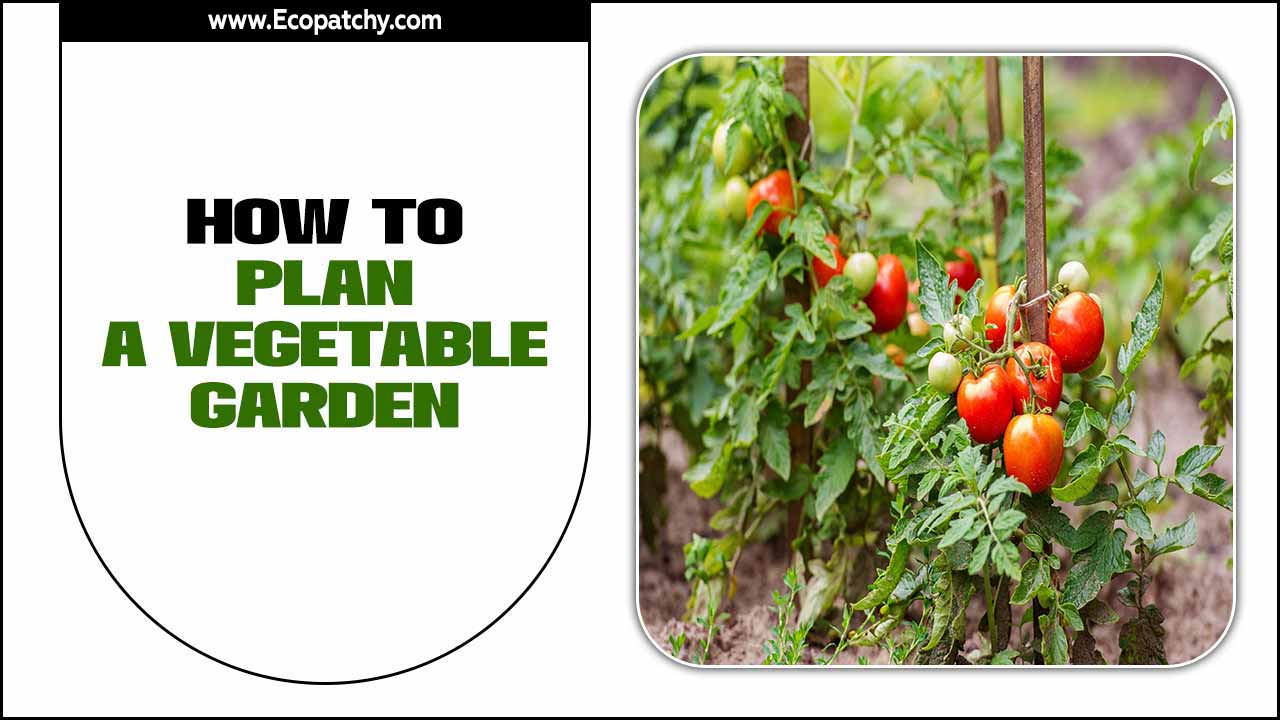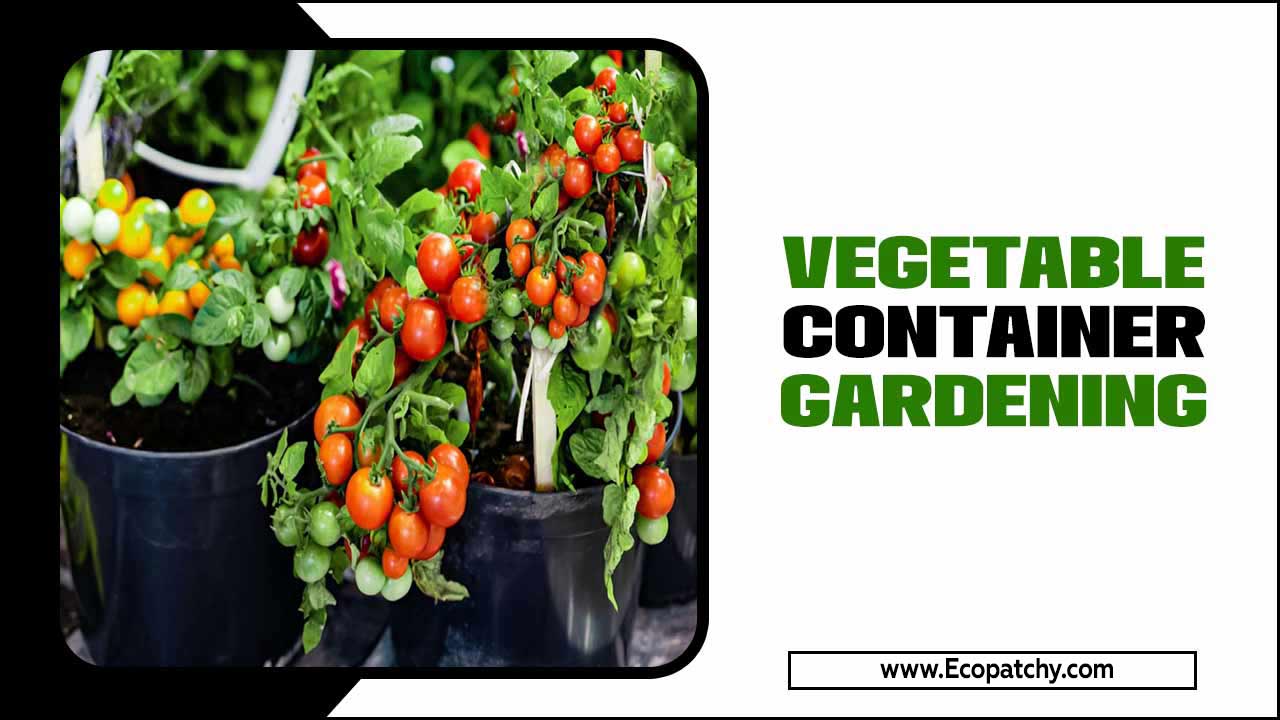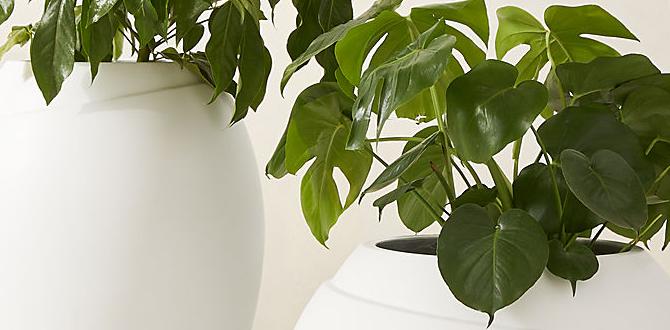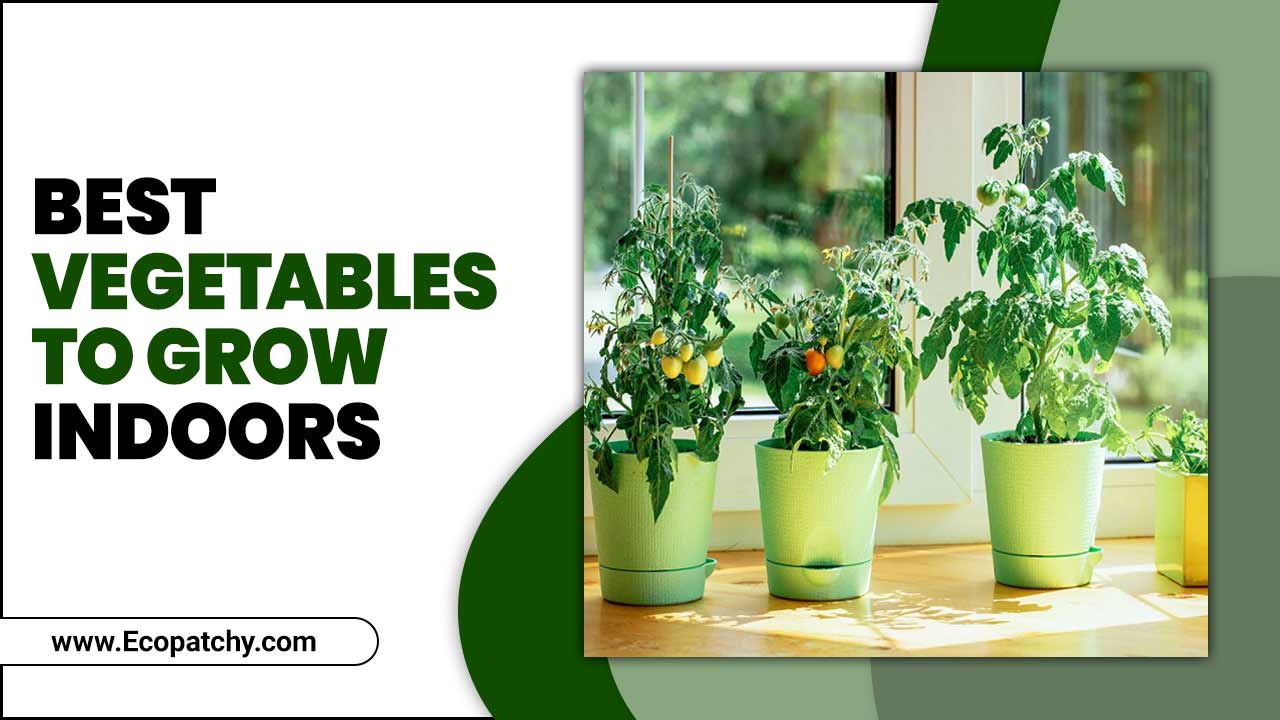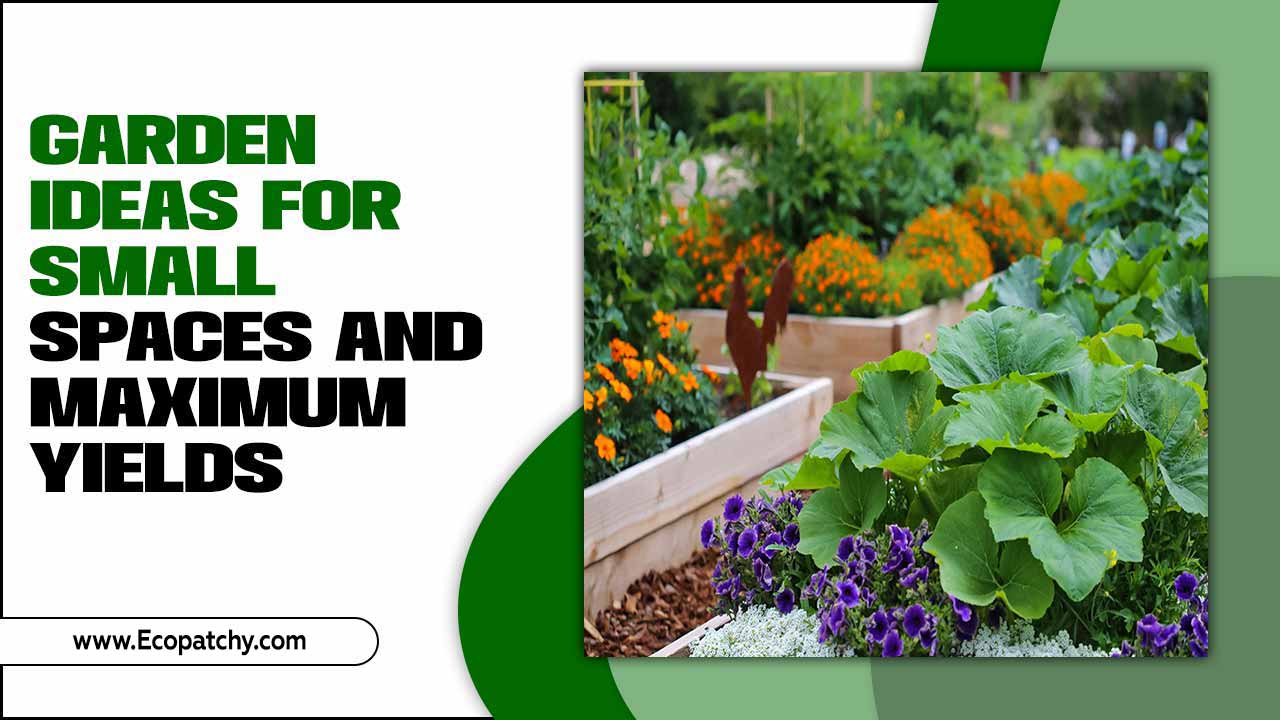Vertical vegetable gardens have recently gained popularity for their space-saving and visually appealing qualities. With urban and suburban living on the rise, many gardeners are turning to vertical gardening to grow their own fresh produce in limited areas.
This innovative gardening method involves growing vegetables on a vertical structure such as a wall, fence, or trellis, using minimal space and maximizing growing potential. Not only does this allow for a bountiful harvest in a small area, but it also adds a touch of greenery to urban landscapes.
However, creating a successful vertical vegetable garden requires careful planning and knowledge of the right techniques. We will cover everything you need to know about building and maintaining a thriving vertical vegetable garden.
From choosing the right location and materials to selecting the best vegetables and caring for your plants, it will equip you with the necessary tools to create your own sustainable and beautiful vertical vegetable garden.
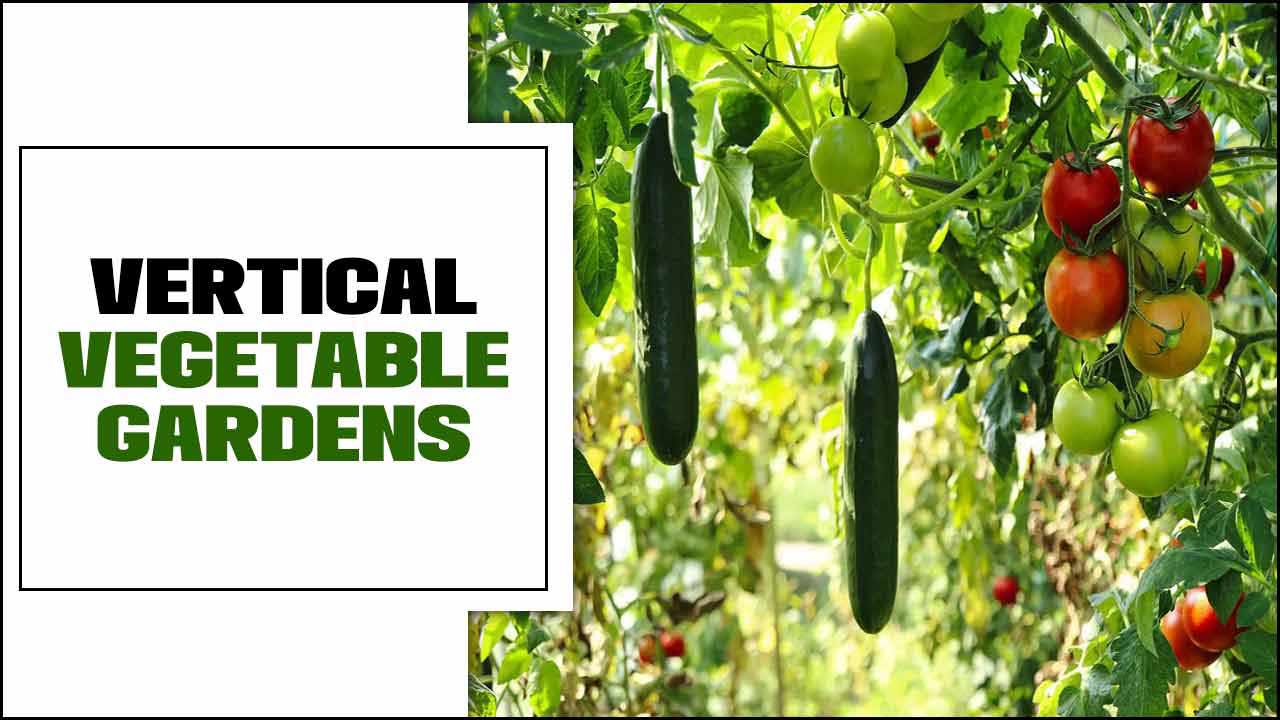
What Are Vertical Vegetable Gardens?
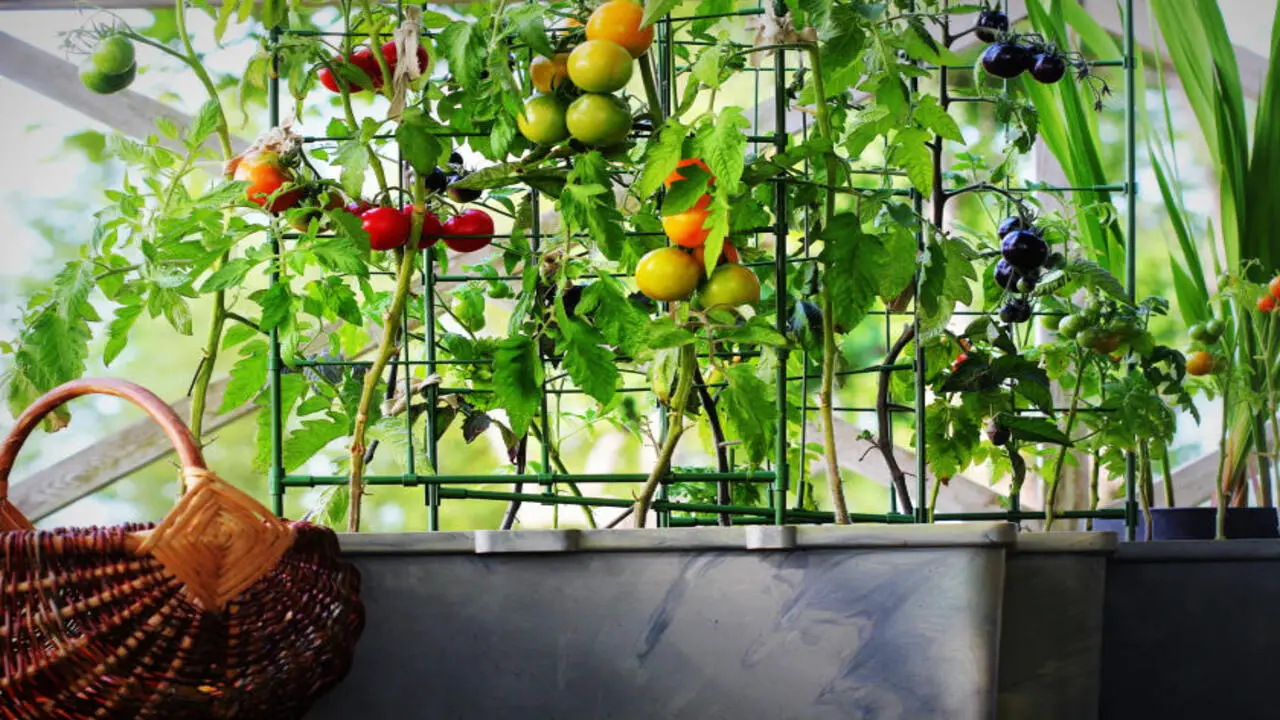
Vertical vegetable gardens are a unique and innovative way to grow plants in limited spaces. Unlike traditional gardens that spread out horizontally, vertical vegetable-gardens utilize vertical space by growing plants upwards on walls or structures.
This gardening method especially benefits urban dwellers or those with small yards or balconies. With various options available, such as wall-mounted planters, hanging baskets, or trellises, vertical vegetable-gardens offer a practical and aesthetically pleasing solution for those who want to grow their own food but lack the space for a traditional garden.
By utilizing vertical space efficiently, these gardens allow individuals to maximize their growing potential and enjoy the benefits of fresh, homegrown vegetables.
What Are The Benefits Of A Vertical Garden?

Vertical gardens offer several benefits that make them attractive for gardeners of all experience levels. Firstly, they maximize limited space by allowing plants to grow vertically, making them perfect for small yards, balconies, or indoor spaces.
This means you can enjoy the beauty and benefits of a garden without needing a large plot of land. Additionally, vertical gardens can help to improve air quality by absorbing carbon dioxide and releasing oxygen. They also provide insulation, reducing summer heat and helping retain warmth in the winter.
Furthermore, vertical gardens can act as natural sound barriers, reducing noise pollution from busy streets or neighbors. Finally, these gardens are aesthetically pleasing and can add a unique touch to your home or outdoor space. Whether you’re looking to grow flowers, herbs, or vegetables, a vertical garden is a great way to make the most of your available space while reaping its many benefits.
What Is The Best Vertical Gardening System?
Regarding vertical vegetable gardens, several options are available for the best vertical gardening system. Here are some popular choices:
- Vertical Wall Planters: These are designed to hang on walls or fences, allowing you to grow various vegetables vertically. They often have multiple pockets or compartments for planting and can be easily mounted and dismounted.
- Tower Gardens: Tower gardens consist of stacked pots or tiers that allow you to grow plants vertically. They typically have a central water reservoir that provides moisture to all the plants, making them low-maintenance and space-efficient.
- Trellises And Arbors: Trellises and arbors support climbing vegetables like tomatoes, beans, and cucumbers. You can maximize your growing space and create an aesthetically pleasing garden structure by training these plants to grow vertically along the trellis or arbour.
- Hanging Baskets: Hanging baskets are a simple yet effective way to grow vegetables vertically. They can be hung from hooks or brackets, allowing you to utilize vertical space in your garden or patio.
Ultimately, the best vertical gardening system depends on your needs, available space, and personal preferences. It’s important to consider factors such as ease of use, maintenance requirements, and the types of vegetables you want to grow when choosing the right system for your vertical vegetable garden.
9 Vertical Vegetable Gardens Tips
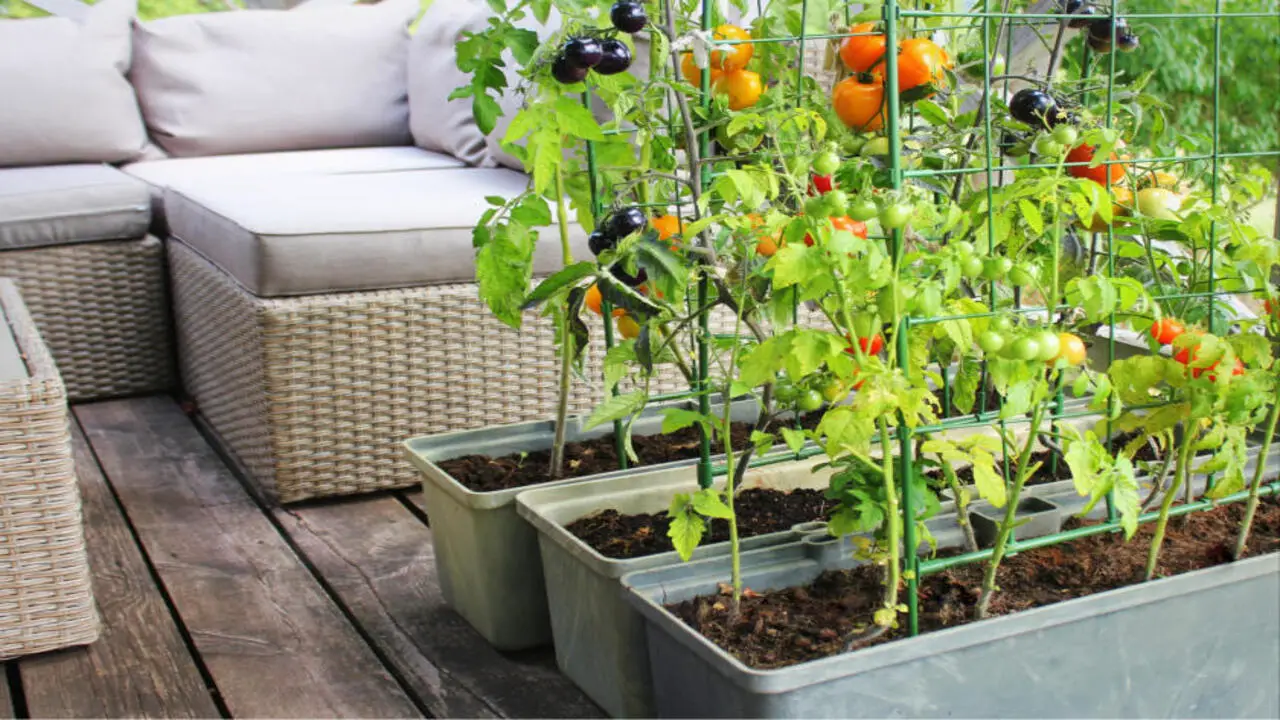
Vertical vegetable gardens can be a great way to maximize your growing space and create an eye-catching display. By following these tips, you can create a thriving vertical vegetable garden that provides fresh produce and adds beauty to your outdoor space. Here are 9 tips to help you get started with your vertical vegetable garden:
1.Consider Crops That Grow Vertically Already!
When planning your vertical vegetable garden, it’s important to consider crops that naturally grow vertically. Opt for vegetables like peas, pole beans, cucumbers, and tomatoes with tendrils or vining habits. These plants will easily climb trellises or arches, making the most of the vertical space in your garden.
Additionally, you can explore growing strawberries or melons vertically by utilizing hanging baskets or other hanging garden systems. Incorporate sturdy frameworks like chicken wire or metal mesh to support your climbing plants. This will help ensure healthy growth and abundant harvests from your vertical vegetable garden.
2.Use Smaller Plants For Smaller Containers
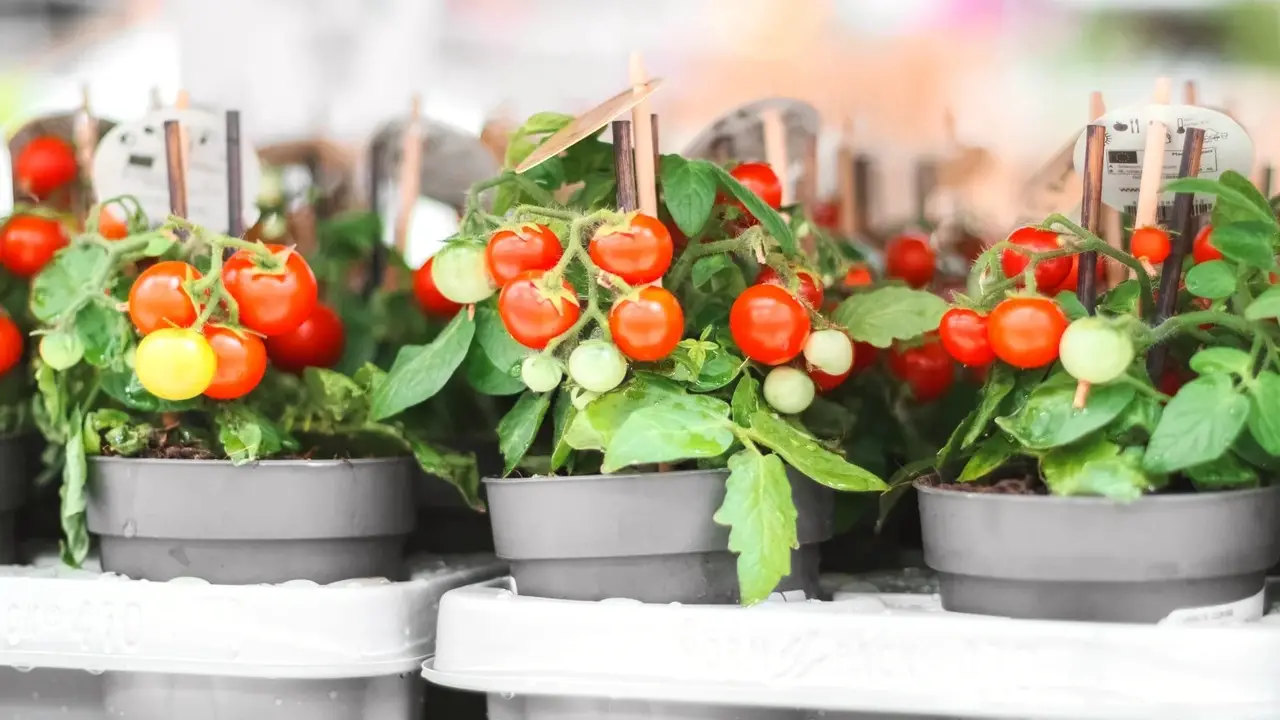
When creating a vertical vegetable garden, choosing smaller plants for smaller containers is important. This allows you to maximize limited space and ensure the plants thrive in their environment. Select compact varieties of vegetables, such as bush beans or lettuce, that don’t require a lot of ground space.
Opt for lightweight plants that won’t put too much strain on your vertical structure. Use hanging baskets or vertical planters for smaller plants like herbs or salad greens. Vegetables with shallow root systems, like spinach or parsley, are also ideal for vertical gardening in limited space.
3.Consider Your Climate
When planning your vertical vegetable garden, it’s essential to consider your climate. Research which vegetables thrive in your specific climate and choose accordingly. Consider factors such as temperature, humidity, and the length of the growing season.
In colder climates, you can optimize space using vertical gardening techniques like trellises or planters. This allows you to grow a wider variety of vegetables even with limited ground space. Additionally, adapt your gardening methods to protect your vertical garden from extreme weather conditions.
4.Water Often–Keep Soil Damp But Not Soaked
To ensure the health and growth of your vertical vegetable garden, monitoring the moisture levels and water regularly is crucial. However, striking a balance is important – the soil should be damp but not soaked. Proper drainage is key to preventing waterlogging and root rot.
Remember that vertical gardening can result in increased evaporation, so adjusting your watering schedule accordingly is essential. You might consider using self-watering systems or drip irrigation to make watering more efficient. With these techniques, you can maintain optimal moisture levels for your vegetable plants without overwatering them.
5.Don’t Forget About Sunlight & Shade
Ensure your vertical garden receives ample sunlight according to the plant’s requirements. Find a suitable location that offers a balanced mix of sunlight and shade. Consider using shade cloth or trellis netting to cater to plants that prefer indirect light.
Throughout the day, constantly monitor and adjust the position of your vertical garden for maximum sun exposure. Paying attention to sunlight and shade can create an ideal environment for your vegetable plants to thrive.
6.Choose The Right Soil Mix

When it comes to vertical vegetable gardens, choosing the right soil mix is crucial. Opt for a well-draining potting soil mix specifically formulated for container gardening to ensure healthy plant growth. Incorporating organic matter, such as compost, enriches the soil and enhances nutrient availability.
Consider adding perlite or vermiculite to improve soil aeration and drainage. Selecting a soil mix that retains moisture while allowing excess water to drain properly is important. By choosing the right soil mix, you’ll provide your vegetable plants with the ideal growing environment.
7.For Hanging Baskets, Keep Total Weight In Mind
When choosing plants for hanging baskets, it’s important to consider the weight they will add. Opt for lightweight options like herbs or small edible plants like alpine strawberries. Use a soil mixture that is designed to be lighter and drains well.
Select hanging structures made from lightweight materials like plastic or fabric to support the weight. Hang the baskets securely from sturdy hooks or brackets. Regularly monitor the weight of your hanging baskets and make any necessary adjustments to ensure they remain stable.
8.Plan To Add Some Nutrients To Your Vertical Garden
To ensure the health and productivity of your vertical garden, it’s important to plan for nutrient supplementation. Incorporating organic fertilizers or slow-release granules into your soil mix can provide essential plant nutrients.
Additionally, consider using liquid fertilizers or compost tea as regular supplements. Monitor plant growth and leaf color to determine if additional nutrients are needed, and adjust your fertilization schedule accordingly. Providing the right nutrients’ll help your vertical garden thrive and produce bountiful harvests.
9.Think Outside The Planter Box
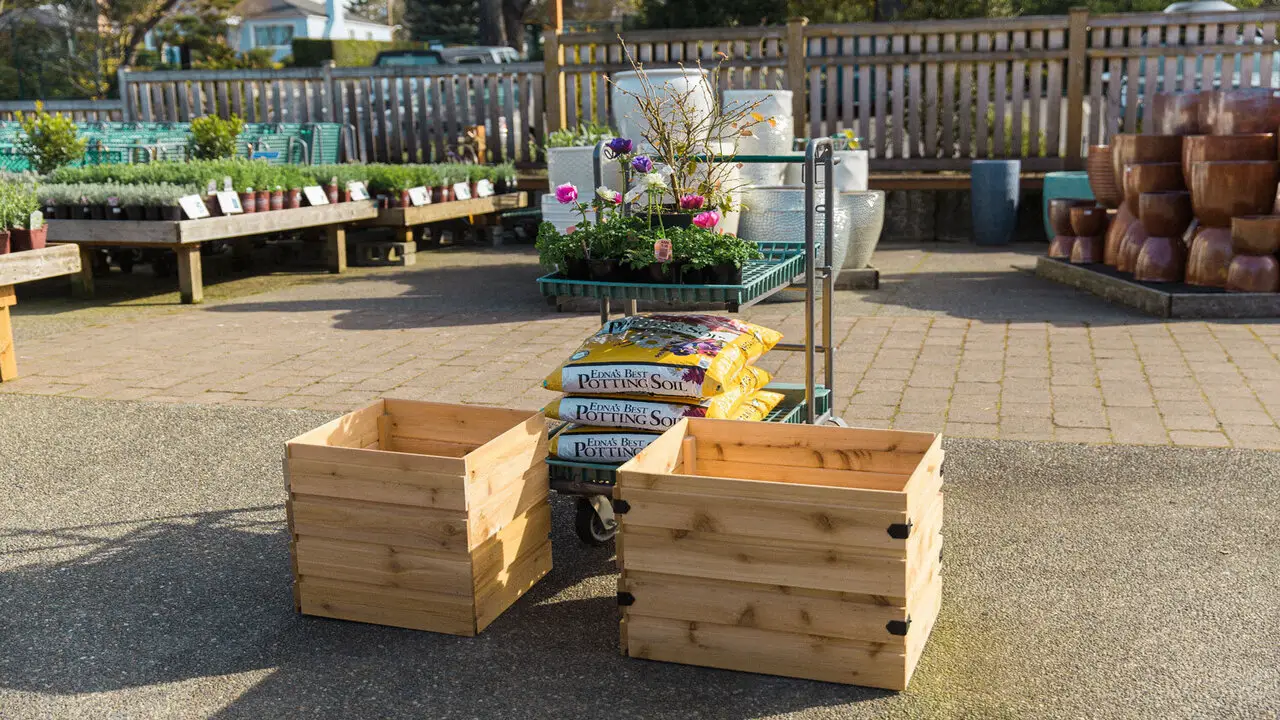
When it comes to vertical vegetable gardens, there are many alternative methods to explore. Instead of traditional planters, you can try gutter gardens or living walls for a unique twist. Vertical spaces like walls, fences, or balconies can also help maximize your gardening area.
Consider using trellises or systems to create a vertical vegetable garden in limited ground space. For a truly unique vertical garden design, get creative with containers, such as recycled materials or unconventional planters. Thinking outside the planter box opens up possibilities for your vertical garden.
Conclusion
To sum up, Vertical vegetable gardens offer a unique and practical solution for growing fresh produce in small spaces. With proper planning and maintenance, these gardens can be both aesthetically pleasing and bountiful. Following the tips above, you can create a thriving vertical garden that yields a bountiful harvest.
Choose suitable crops, consider your climate, provide adequate water and sunlight, and use the right soil mix. Remember the weight limitations for hanging baskets and regularly add nutrients to support plant growth. Don’t be afraid to think outside the planter box and get creative with your vertical garden design.
Frequently Asked Questions
1.What Vegetables Work Best In A Vertical Garden?
Ans: In a vertical garden, you can grow various vegetables like tomatoes, cucumbers, beans, and peas. Leafy greens such as lettuce and spinach also thrive in vertical gardens. However, due to their growth requirements, root vegetables like carrots and radishes may not be ideal. Choose compact vegetables that don’t need much space for vertical gardening success.
2.What Vegetables Can You Grow In A Vertical Planter?
Ans: A wide range of vegetables can be grown in a vertical planter, including tomatoes, cucumbers, beans, peas, and lettuce. However, it’s important to consider the size of your planter and the depth requirements of certain root vegetables like carrots and potatoes. Proper spacing, sunlight, and water are key for successful vertical vegetable gardening.
3.How Do You Start A Vertical Vegetable Garden?
Ans: To start a vertical vegetable garden, choose a sunny location with easy access to water. Decide on the structure you want, like a trellis or hanging baskets. Select plants suitable for vertical gardening, such as tomatoes and cucumbers. Provide adequate support as your plants grow.
4.Are There Any Drawbacks To Using Vertical Gardens?
Ans: While vertical gardens offer numerous benefits, there are a few drawbacks. Regular maintenance, including watering and pruning, is necessary. Some plants may struggle due to limited space and soil depth. Initial setup costs can also be higher compared to traditional gardening methods. Additionally, proper planning is crucial to prevent structural damage from the weight of the plants.
5.Do You Have A Vertical Vegetable Garden?
Ans: Unfortunately, as an AI language model, I do not have a physical garden. However, I can provide you with tips on how to create your own vertical vegetable garden. Choose suitable plants based on sunlight and space availability, and ensure proper watering and fertilization for healthy growth.

